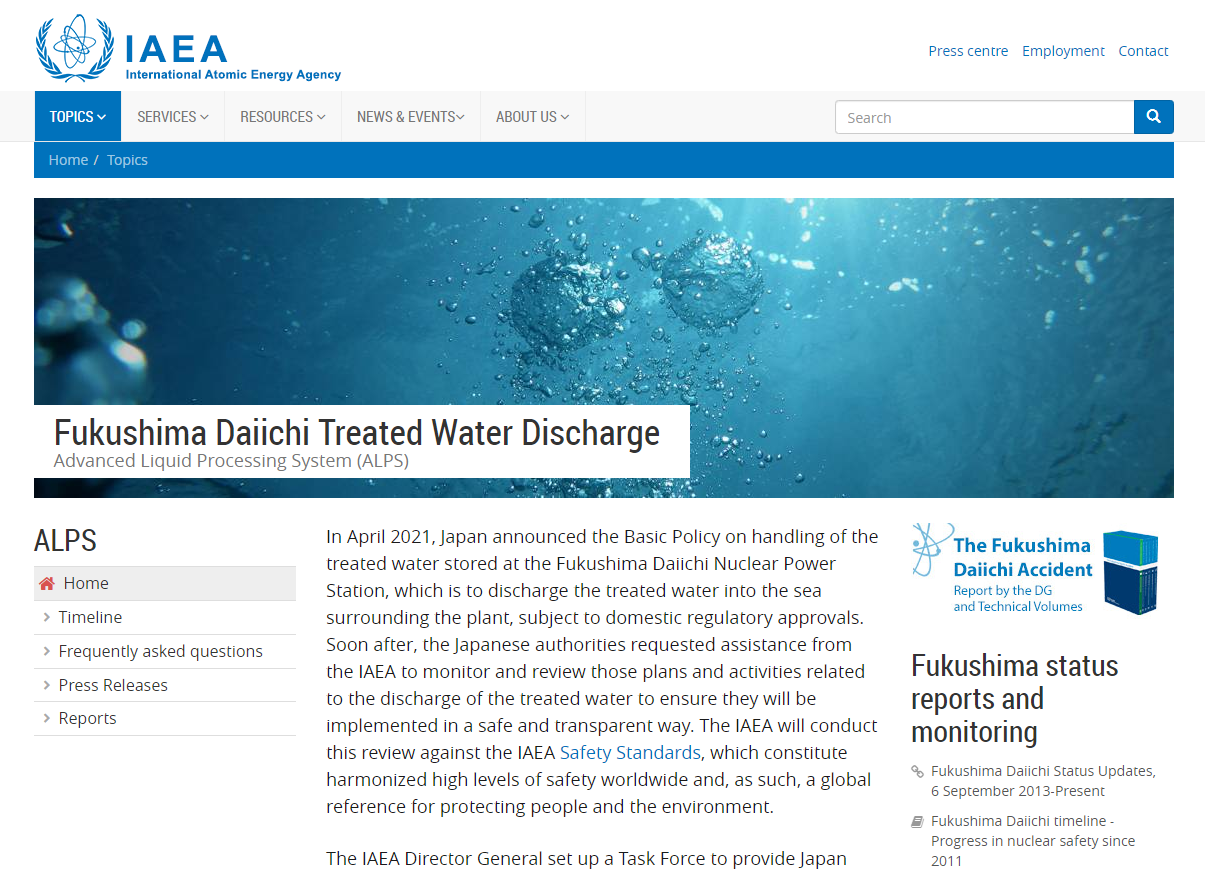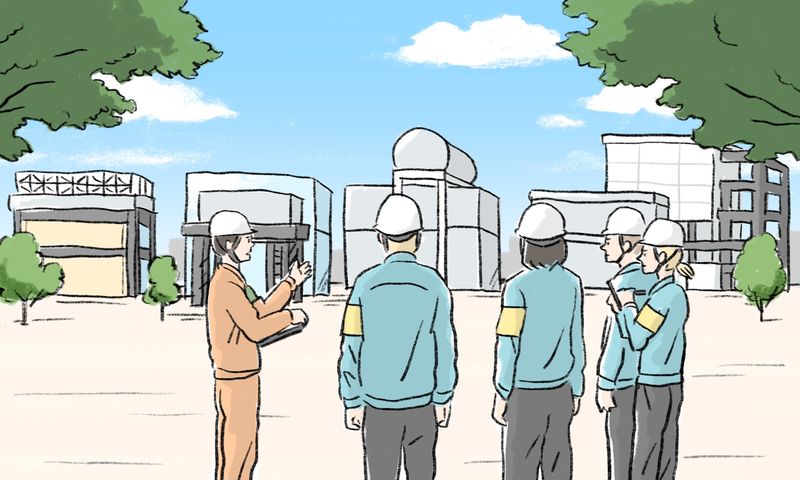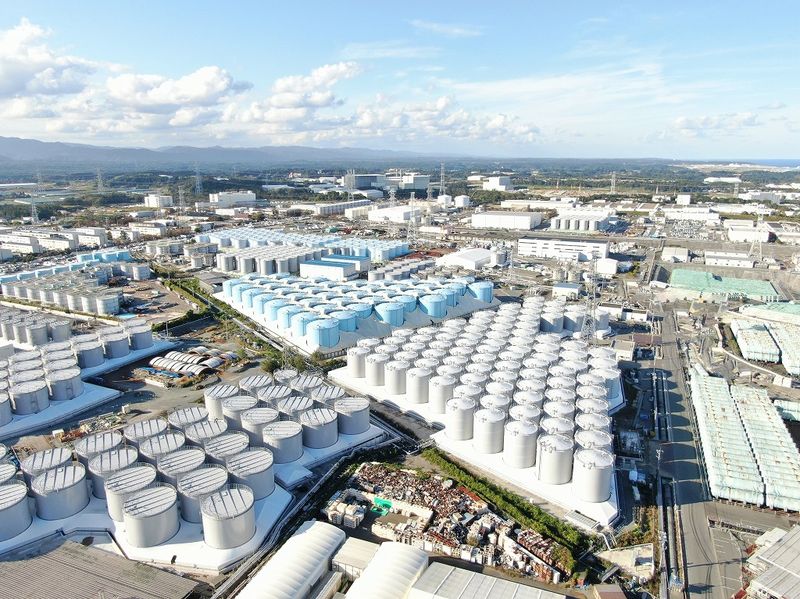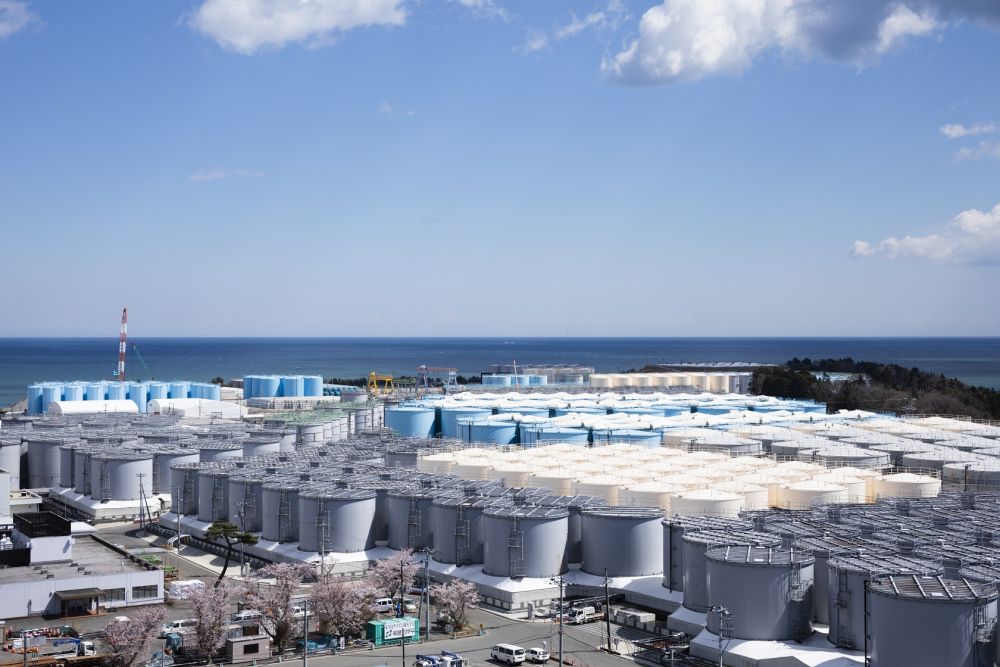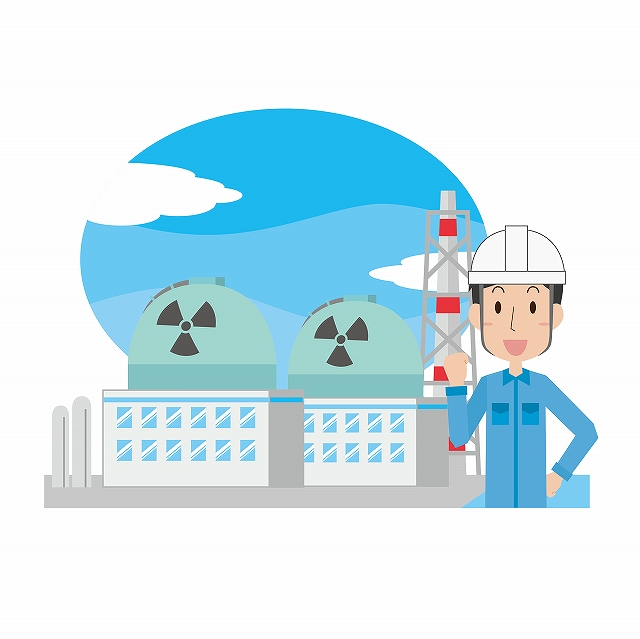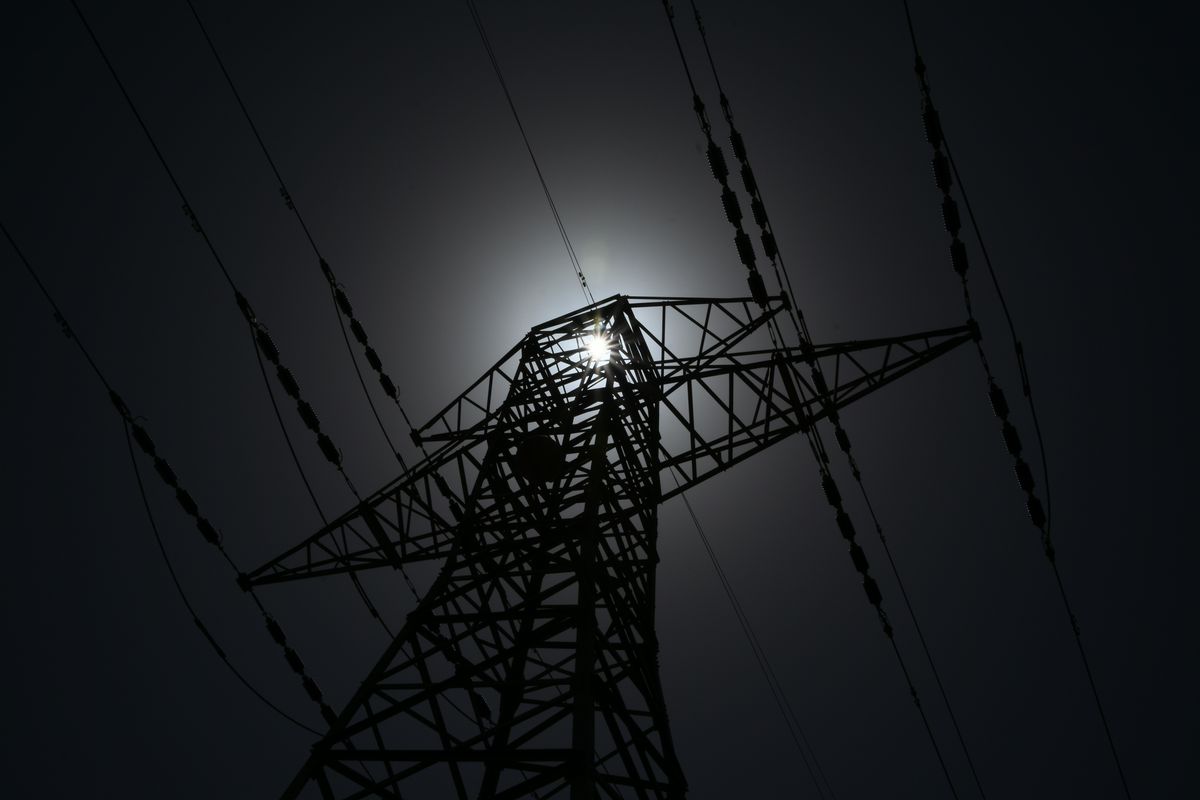「復興と廃炉」に向けて進む、処理水の安全・安心な処分④~IAEAがALPS処理水の安全性を確認
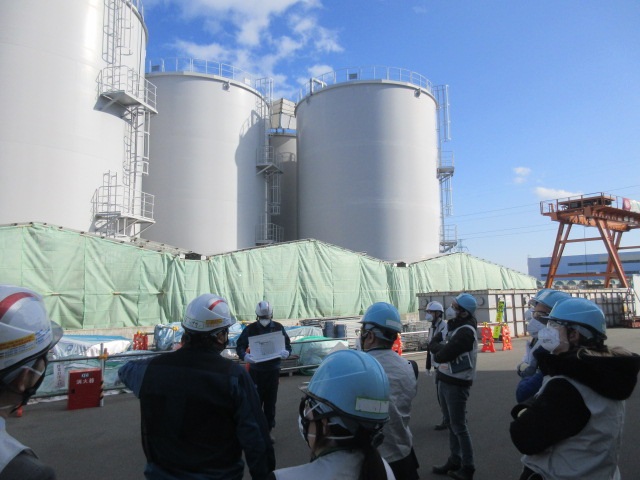
IAEAによる福島第一原子力発電視察の様子(2022年2月)
2021年4月13日、東京電力福島第一原子力発電所(福島第一原発)に保管されている「ALPS処理水」の処分方法を「海洋放出」とする基本方針が公表され、安全な処分の実施に向けた取り組みと風評影響への対応が進められています(「『復興と廃炉』に向けて進む、処理水の安全・安心な処分~ALPS処理水の海洋放出と風評影響への対応」「『復興と廃炉』に向けて進む、処理水の安全・安心な処分③~ ALPS処理水の処分にともなう当面の対策の取りまとめ」参照)。ALPS処理水の海洋放出にあたっては、安全性を国内外に透明性高く示すため、国際機関による安全性のレビュー(評価)が放出前・中・後にわたり継続しておこなわれることとなっています。今回は、2022年2月に実施された国際原子力機関(IAEA)のレビューについて、その概要と結果をご紹介しましょう。
あらためて知りたい、「IAEA」とは?どんなレビューをおこなったの?
レビューをおこなった国際原子力機関(IAEA)とは、どんな組織なのでしょう?レビューの概要を見ていく前に、あらためておさらいしましょう。
IAEAは、国際連合(国連)の後援のもと、1957年に自治機関として設立されました。原子力に関する国を越えた協力を進めている国際機関です。
IAEAは、査察官を世界各国の現場に派遣して原子力が平和利用されているかを検証したり、原子力の安全に関する国際的な基準をつくったり、原子力をこれから導入しようと検討している国などに専門知識を提供するなどの取り組みをおこなっています。最近では、ウクライナでの原子力発電所の安全確保をサポートする活動も注目されていましたから、「そういえば国際ニュースでIAEAの名前を聞いたな」という人も多いことでしょう。つまり、原子力に関する世界の専門家で構成された組織なのです。
今回実施されたIAEAのレビューは、「徹底した安全対策による安心の醸成」を目的とした対策のひとつで、国際機関など第三者による監視および透明性の確保の一環として、日本からIAEAにきびしく安全性をレビューしてもらうことを依頼したものです。2021年4月の方針決定直後に、梶山経済産業大臣(当時)がIAEAのグロッシー事務局長とテレビ会議を実施し、厳密で透明性のあるレビューを要請しました。
これを受けて、2022年2月にIAEAの専門家が来日し、レビューを実施するにいたったのです。
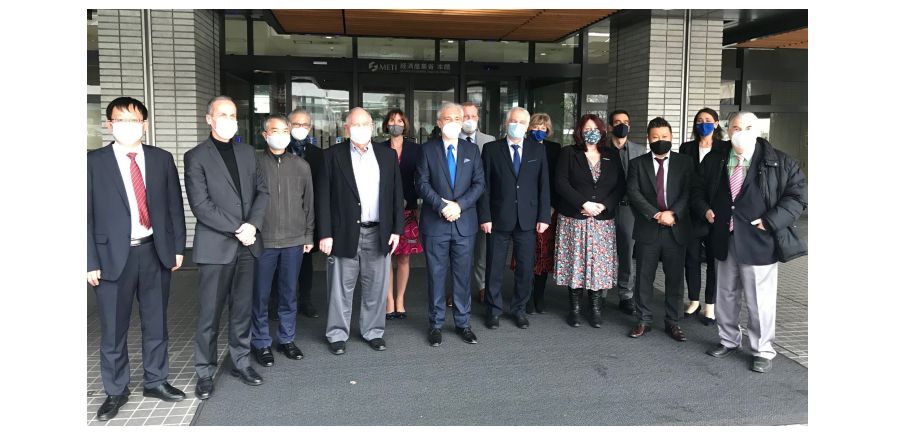
今回レビューを実施したIAEAタスクフォースのメンバー
専門家のレビューによって計画の安全性を確認
IAEAは、2013年以降、福島第一原発の廃炉全般に関わるレビューも実施してきていますが、今回のレビューは、ALPS処理水に特化したものです。今回は、その中でも特に①のレビューを取り上げてご紹介しましょう。
2022年2月、原子力について高い専門性を持つIAEAの原子力安全局幹部やスタッフ、また米国・アルゼンチン・英国・韓国・中国・ベトナム・ロシア・フランスの国際専門家で構成されたチーム(IAEAタスクフォース)が来日。福島第一原発の現地視察を含め、2月14日~18日の約1週間をかけてレビューがおこなわれました。
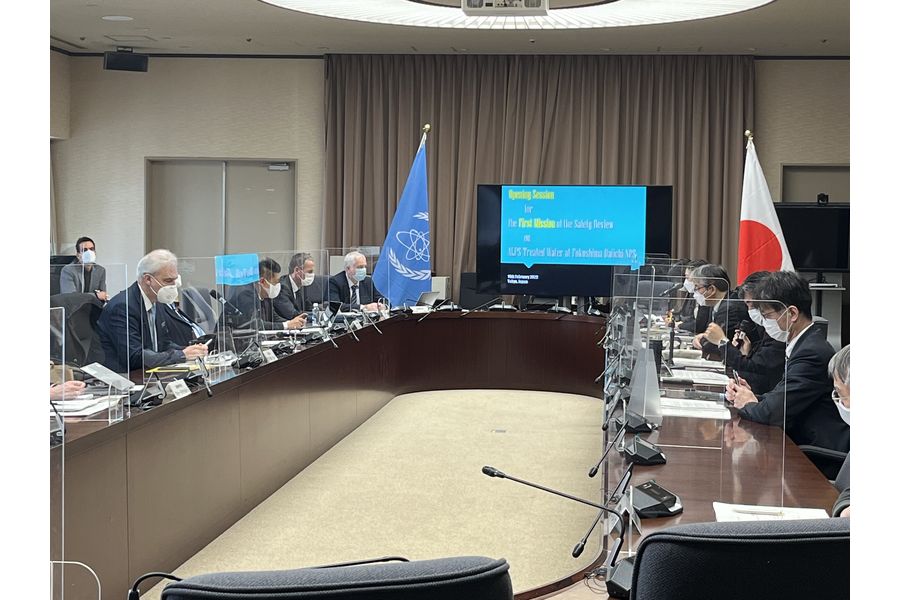
レビューの対象となったのは、主に以下の項目です。
これらの項目に関する日本の取り組みに対し、IAEAがさだめる国際的な安全基準に照らして技術的なレビューがなされ、その見解を取りまとめた報告書が2022年4月に公表されました。
このレビューの結果、2021年12月に東京電力が原子力規制委員会へ提出したALPS処理水の取り扱いに関する実施計画については、その主な内容である関連設備の設計と運用手順において、「安全性を確保するための予防措置が的確に講じられている」ことが確認されました。

IAEAによる福島第一原子力発電視察の様子(2022年2月)
また放射線影響評価については、ALPS処理水の放出によって人が受ける放射線の影響は、「(国際ルールに基づく)日本の規制当局がさだめる水準よりも大幅に小さい」ことが確認されました。
さらに、ALPS処理水の放出を安全におこなうため多数の作業と分析が実施されているものの、その成果はIAEAの安全基準に準拠するものであることが分かるよう、文書で明確に説明される必要があるという指摘も受けました。
IAEAは、今後も放出前・放出後にわたってくりかえし来日し、国際的な安全基準にもとづいて、ALPS処理水の海洋放出に関わる安全性を徹底的に評価します。また、2023年春頃に予定されている海洋放出の開始前には、これらのレビュー結果をふまえた包括的な報告書がIAEAから公表される予定です。
なお、今回のレビュー終了後、5月にグロッシー事務局長が福島第一原発を視察し、「私たちIAEAは、処理水が太平洋に放出されるときに、それが国際的な基準に完全に適合した形で(in full conformity with the international standards)実施され、放出は環境にいかなる害も与えることはない( it will not cause any harm to the environment )と確認できるでしょう」というコメントをSNSに残しています。
.@IAEAorg has been, is, and will continue to be at #Fukushima Daiichi to provide independent monitoring of the discharge of treated water into the Pacific Ocean. I visited the facility today, here's my message ? pic.twitter.com/fnWqtAcpuG
— Rafael MarianoGrossi (@rafaelmgrossi) May 19, 2022
さらに、IAEAは、ALPS処理水に関するWebページを新たに立ち上げ、安全性に関するレビュー内容やよくある質問についてさまざまな言語で発信しています。日本語ページもあり、一般の方にもわかりやすい形で情報が掲載されていますので、こちらのWebページにもぜひアクセスしてみてください。
- 詳しく知りたい
- 福島第一原発における処理水の放出(日本語)
もっと詳しく知りたい、IAEA報告書のポイント
報告書では、17ページから始まる第2部(II.1. Crosscutting Requirements and Recommendations)以降で、前述した技術的事項ごとに、IAEAタスクフォースと経済産業省および東京電力の議論のポイントや、IAEAの所見の概要が書かれています。
ここからは、レビューの内容をもう少し詳しく知りたいという方のために、実際の報告書の文言も引きながら、ポイントをご紹介しましょう。
ALPS処理水の放出を制御するシステムとプロセスの安全性について
IAEAタスクフォースは、放出を制御するシステムの故障につながる可能性のある事象について、またその故障により起こりうる結果について、東京電力が体系的かつ方法論的なアプローチで(a systematic and methodical approach)で特定できていると評価しました。この結果、東京電力は設備設計と運用手順の中で、的確に故障への予防措置を講じている(successfully incorporated prevention measures)と認められました(英文報告書P23、パラグラフ1)。
IAEAレポート内に掲載されているALPSの処理プロセスを示した図
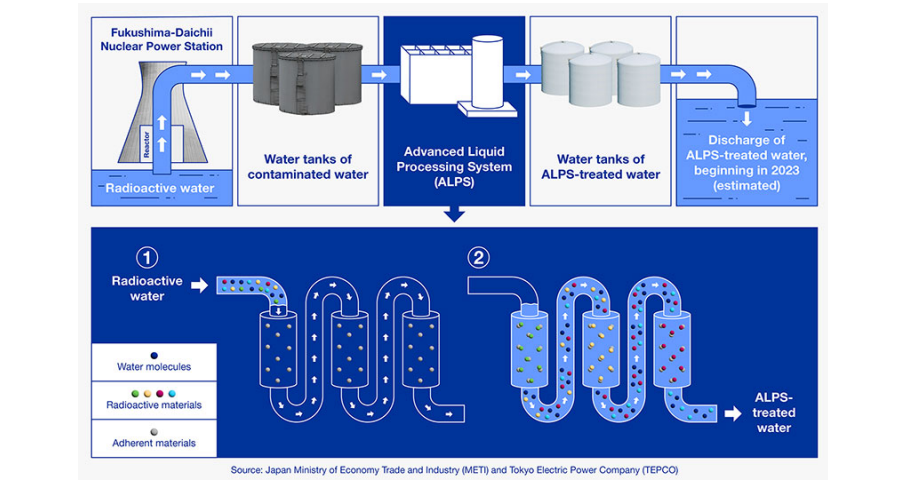
また、東京電力が安全性評価について、詳細で包括的な方法で膨大な分析をおこなっていることが確認されました。IAEAタスクフォースは、このような安全評価のために考慮されたすべての側面(データや方法論など)が文書化されることを期待すると述べています(英文報告書P24、パラグラフ5)。
放射線影響評価について
東京電力のおこなった放射線影響評価(放射線環境影響評価、REIA)については、「保守的な仮定を用いている」こと、「個人にあたえる放射線量は非常に低い」ことが確認されました。「保守的(conservative)」というのは、現実的な評価よりも安全面できびしい条件において評価しているという意味です。また、IAEAタスクフォースは、東京電力の評価が「規制当局がさだめる水準より大幅に小さいと予測している」ことも確認しました(英文報告書P37、パラグラフ3)。
ALPS処理水の放出に関する規制について
上記の放射線影響評価に基づいた場合、どのくらいの量の「トリチウム」(ALPS処理水に含まれる放射性物質。「安全・安心を第一に取り組む、福島の“汚染水”対策②『トリチウム』とはいったい何?」参照)が放出可能なのか、つまり放射線の影響が規制基準を下回るトリチウム放出量とはどのくらいかについては、IAEAタスクフォースはその上限を「年間22兆ベクレルよりも多い量になる(the dose constraint is greater than 22 TBq per year)」と指摘しました(英文報告書P41、パラグラフ1)。
レビューの情報は下記サイトで公表されていますので、気になる方はぜひ目を通してみてください。
お問合せ先
記事内容について
電力・ガス事業部 原子力発電所事故収束対応室
スペシャルコンテンツについて
長官官房 総務課 調査広報室
※掲載内容は公開日時点のものであり、時間経過などにともなって状況が異なっている場合もございます。あらかじめご了承ください。
最新記事
-
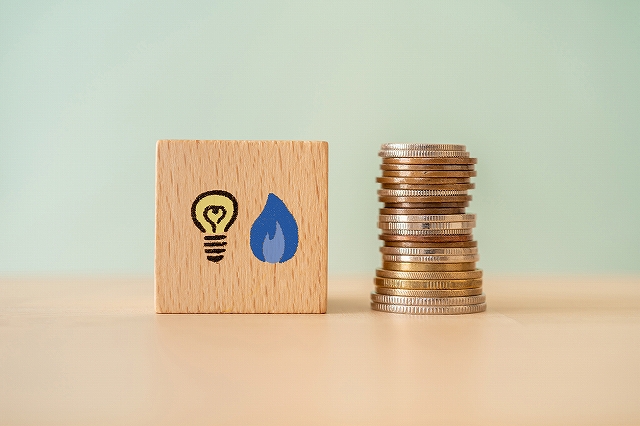
暖房費のかさむこの冬も、電気・ガス料金の支援を実施。よくいただく質問に資源エネルギー庁がお答えします!
-
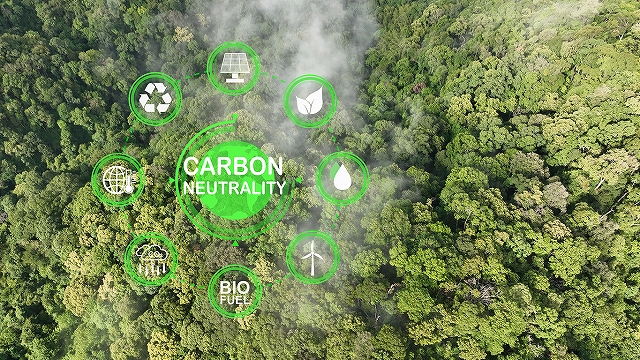
世界の温室効果ガス排出量と削減目標の「今」を知ろう――「エネルギー白書2025」から(後編)
-
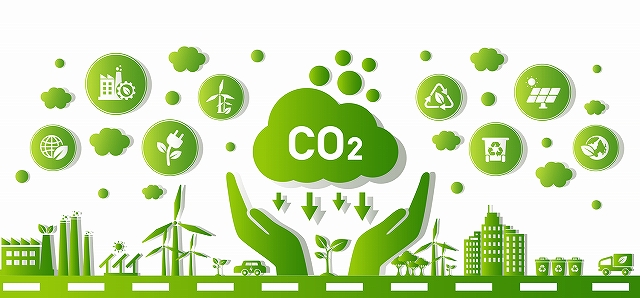
世界の温室効果ガス排出量と削減目標の「今」を知ろう――「エネルギー白書2025」から(前編)
-
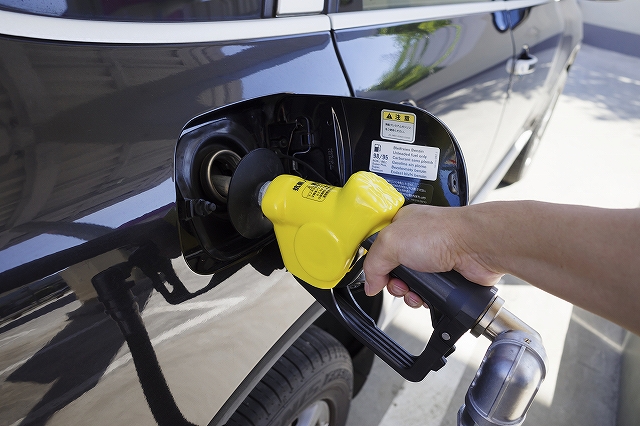
ガソリンの暫定税率(当分の間税率)の廃止でガソリン代はどうなるの?よくいただく質問に、資源エネルギー庁がお答えします!
-
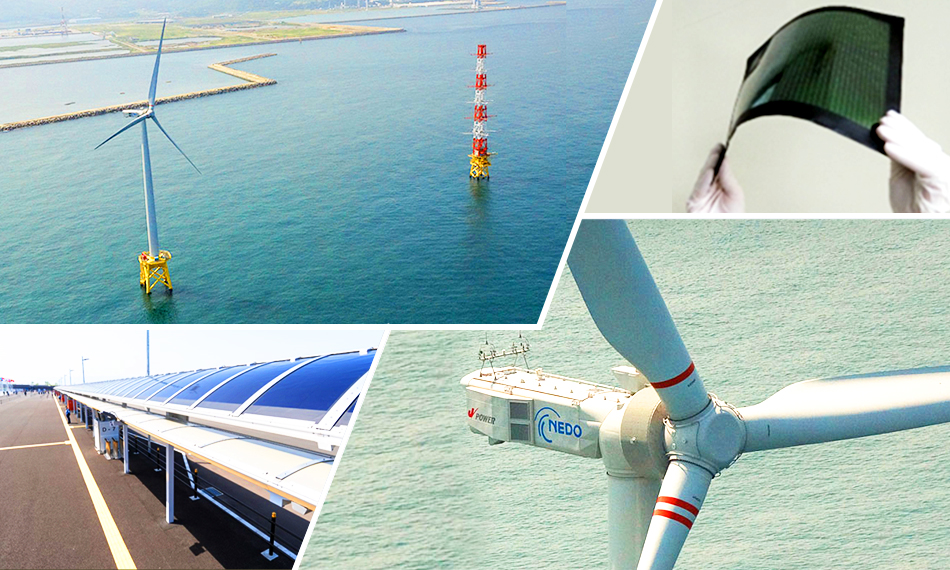
「エネルギー基本計画」をもっと読み解く③:大幅な拡大をめざす再生可能エネルギー
-
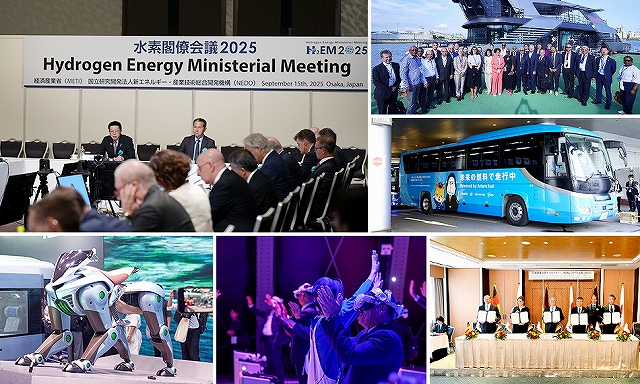
持続可能燃料と水素の国際会議が大阪で開催!万博視察も交えて日本の取り組みを世界へ発信(後編)
-
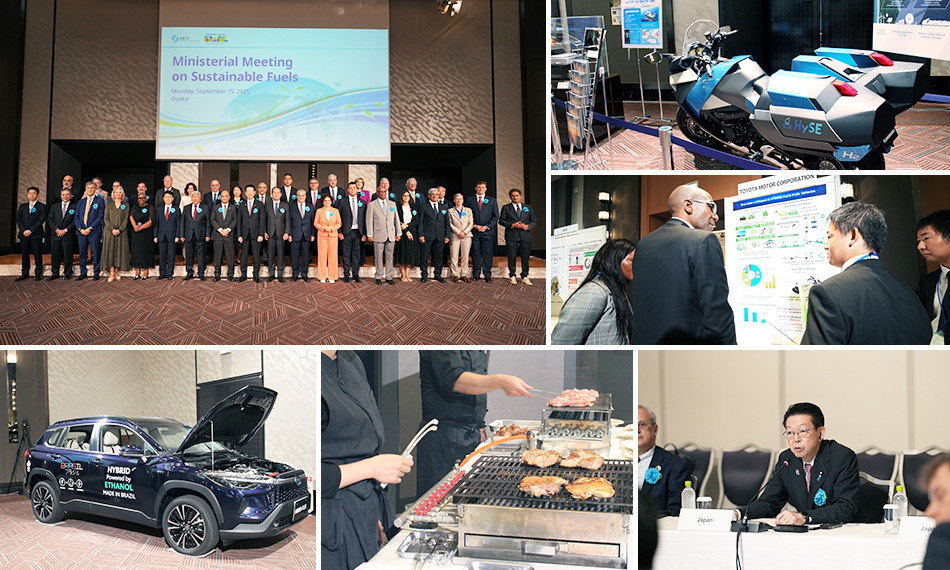
持続可能燃料と水素の国際会議が大阪で開催!万博視察も交えて日本の取り組みを世界へ発信(前編)
-
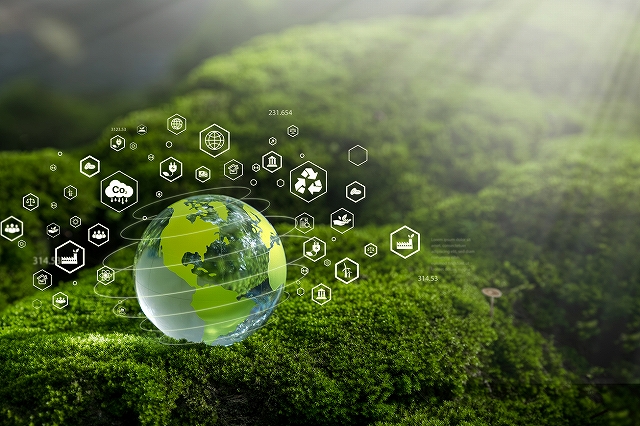
脱炭素と経済成長を同時に実現!「GX政策」の今

